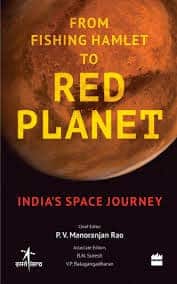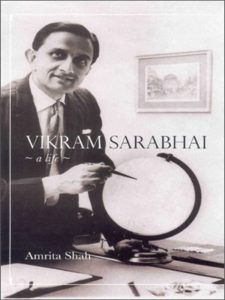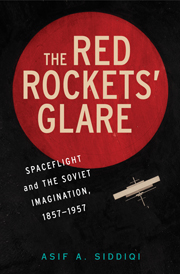 Title: From Fishing Hamlet to Red Planet: India’s Space Journey
Title: From Fishing Hamlet to Red Planet: India’s Space Journey
Publisher: Harper Collins India
Author: ISRO
Chief Editor: P.V. Manoranjan Rao
This book is probably the most detailed and most comprehensive account of how the Indian Space Program was founded and has developed since 1963. There is no single narrative that flows from the beginning to the end. Instead this is a compendium of 53 individual articles in 8 sections from 50 different contributors written at different times. This stand-alone chapter approach allows the reader to hop between sections of interest in any order. The varying styles and the occasional repetition may distract but can also reinforce.
Many of the key individuals who played a central role in the development of the Indian Space program are no longer around, but many are and they have shared their first hand recollections in this pages. Professor UR Rao who lead the team that designed and built ISRO’s first satellite, Kiran Kumar helped develop high resolution imaging system from space, Yash Pal who was present at the start and helped realise Sarabhai’s vision of using space to drive social change and Professor Jacques Blamont who provided the payload for the first rocket launched on 21st November 1963 and sustained the Indo-French collaboration for many years.
This is probably the first book that comprehensively captures the range of ISRO achievements. Although rockets and satellites get the limelight, the key foundations that enable those developments do not. For example section 6.1. Space and Industry Interface, emphasis the underlying infrastructure with the words “tool design and fabrication is a technology by itself”. The same chapter details the ISRO’s extensive connections with private Indian industry that have contributed to ISRO’s success.
Although ISRO is a department of the government, several of the writers refer to the “ISRO Culture” as a differentiator that has driven its success. It is has multiple manifestations. The origins of ISRO (as INCOSPAR) and its one page constitution as drafted by Homi Bhabha provided for a streamlined decision making, putting scientists and engineers (rather than politicians and administrators) in charge; Sarabhai vision to engage international partnership as an initial stepping stone; UR Rao initiated new purchasing processes to bypass government red-tape) to meet tight timelines when building India’s first satellite Aryabhata; and thousands of bright, dedicated and competent ISRO employees who rolled up their sleeves and took on ambitious goals in the complete absence of infrastructure, resources and experience.
When faced with challenges of building launch vehicles, satellites and the ground infrastructure to support them, getting the job done had the priority. Record keeping for archives did not. ISRO has been particularly slow to recognise this loss for future generations. State secrecy is unnecessarily invoked to limit and prohibit publication. invoked As happens around the world, the culture of state secrecy is used to hide incompetence or embarrassment rather than legitimate state secrets. Consequently, publications such as this become an important source of information that is not available elsewhere. Both the current and previous ISRO chairmen are to be commended in nurturing and making this book possible.
Bhabha and Sarabhai understood the importance of international collaboration and had the international connections and charisma to invoke engagement. Without the assistance of foreign nations, particularly, the USSR, USA and France India would probably not have its space program in the current form but a mere shadow of what it actually has today. All the contributions are from Indian contributors with the exception of a special but short contribution from Jacques Blamont from France and an incidental interview transcript of an Arnold Frutkin interview as part of the NASA Oral history program from 2012. It is customary in any book review to identify some shortcomings. Since international collaboration has been central to ISRO’s progress over the decades, there could have been more international representation. Certainly, the absence of a USSR/Russian contribution is conspicuous. This book would also have been an ideal place to capture more original images perhaps sourced from the private collections of the contributors.
One of Carl Sagan’s many quotes goes like this “In all the history of mankind, there will only one generation that will be first to explore the Solar System”. Here he highlights the chance nature of events that happen for the first time in human history and coincide with our time on earth. Abdul Kalam who played a key role in ISRO developing India’s first rocket capable of placing a satellite in orbit (SLV-3) died in July 2015. In January 2016 Vasant Gowariker who among his many contributions helped develop ISRO’s solid propellent infrastructure. The publication of “From a Fishing Hamlet to the Red Planet: India’s Space Journey” is timely. It is a detailed account from the ever decreasing group of individual who were part of that journey.


